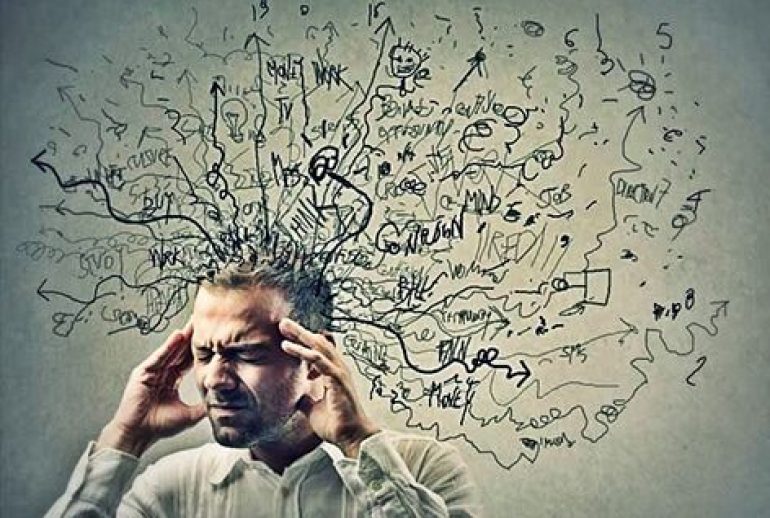
Generalized Anxiety Disorder (GAD) is a widespread mental health issue. People with GAD worry too much about everyday things. This worry does not stop and is out of proportion. Unlike normal anxiety that comes from specific stress, GAD brings ongoing extreme worry and tension. This happens even when there is no real reason to be anxious.
Key facts according to world Health Organization (WHO)
GAD impacts people’s minds and bodies. The main sign is constant worry and fear that gets in the way of daily life. Common signs include:
These signs can change in how strong they are and how long they last often getting worse when life gets stressful.
Experts have not pinpointed the exact reason(s) for GAD, but they think it stems from a mix of genes, surroundings, and mental factors. Here are some things that might contribute:
Healthcare professionals diagnose GAD after a thorough assessment. They look at how long symptoms last, how severe they are, and how they affect daily life. To get a GAD diagnosis, symptoms must last at least six months and disrupt normal activities.
While GAD can be tough many people learn to handle their symptoms and live fulfilling lives with the right treatment and support. People with GAD should work with their healthcare professionals to create a personalized treatment plan and talk about how they are doing and any worries they have.
Getting help and staying on top of treatment are key to improving life for those with GAD. With good support, people can deal with the tricky parts of this disorder and find ways to cope with its challenges.

The people need more peaceful life in this highly technical world. Psytechology is there to help the masses in it.
WhatsApp us
One Response
Well it was really needed to young kids nowadays.
بے قراری اور اضطراب کے وقت کی دعائیں
لَآ اِلٰہَ اِلَّا اللّٰہُ الْعَظِیْمُ الْحَلِیْمُ، لَآ اِلٰہَ اِلَّا اللّٰہُ رَبُّ الْعَرْشِ الْعَظِیْمِ، لَآ اِلٰہَ اِلَّا اللّٰہُ رَبُّ السَّمٰوٰتِ وَرَبُّ الْاَرْضِ وَرَبُّ الْعَرْشِ الْکَرِیْمِ
’’اللہ کے سوا کوئی معبود نہیں، (وہ) بہت عظمت والا، بڑا بردبار ہے۔ اللہ کے سوا کوئی معبود نہیں (جو) عرشِ عظیم کا رب ہے۔ اللہ کے سوا کوئی معبود نہیں (جو) آسمانوں اور زمین کا رب ہے اور عرش کریم کا رب ہے۔‘‘
صحیح البخاری، الدعوات، باب الدعاء عند الکرب، حدیث:6346، وصحیح مسلم، الذکر والدعائ، باب دعاء الکرب، حدیث:2730